When you receive a shipment that hasn't arrived in perfect condition, it can be frustrating and concerning. Whether it's a cracked vase or a dented piece of furniture, reporting transport damage is essential for a smooth resolution. Crafting a clear and concise letter not only helps convey your issue effectively but also ensures that necessary actions are taken by the carrier. Ready to learn how to create an impactful damage report letter? Let's dive in!
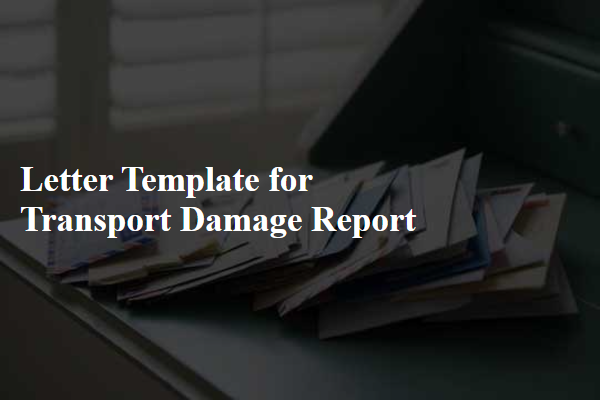
Header Information (Sender's Name, Address, Contact Details)
Transport damage reports require careful documentation of affected goods and the conditions surrounding the incident. In such reports, sender information, such as the name, specifically the designated individual or company representative, ensures accountability. The address, including street name, city, and postal code, establishes the origin of the report. Additionally, contact details, featuring a phone number and email address, provide essential information for follow-up communication regarding the damage claimed. Accurate and complete header information enhances the clarity and professionalism of the report, facilitating a more efficient resolution process.
Recipient's Information (Company Name, Shipping Address)
Damaged goods during transport can lead to significant disruptions in business operations. Reporting damages involves providing essential details about the recipient's information, including the company name and shipping address. Precise documentation of the recipient's company name helps ensure accurate identification while the complete shipping address facilitates effective communication and resolution. This information is crucial for claims against transportation providers, ensuring accountability and timely compensation. Accurate details support logistics management and improve overall customer satisfaction, reinforcing the importance of careful handling and transport procedures.
Subject Line (Transport Damage Report)
Transport damage can critically impact the integrity of delivered goods during shipping. Common issues include broken or crushed items, which may arise due to rough handling, inadequate packaging, or poor loading practices. Insured shipments valued over $1,000 often require detailed documentation, including photographs of the damaged products and packaging. Prompt reporting to carriers such as FedEx or UPS within 24 hours is crucial for initiating claims. Relevant local laws, such as the Carmack Amendment in the United States, govern liability and can affect compensation amounts. Properly constructed damage reports facilitate faster resolutions and recovery of losses.
Description of Damage (Item Details, Extent of Damage)
Proper documentation of transport damage is crucial for accurate claims processing. An item damaged during transit, such as a fragile ceramic vase from renowned manufacturer Wedgewood, may sustain significant cracks or complete breaks. Visual inspections post-delivery indicate that the item, originally valued at $200, shows extensive chips on the rim and a shattered base, rendering it non-functional. Packaging materials, including bubble wrap and cardboard, failed to provide adequate protection, highlighting deficiencies in shipping methods used by logistics company FedEx. Record-keeping should include photographs of the damaged item as well as tracking numbers associated with shipment, ensuring comprehensive evidence for the transport damage report.
Supporting Evidence (Photographs, Documentation)
Supporting evidence for transport damage reports includes critical elements such as photographs and documentation. Photographs serve as visual proof, capturing the extent of the damage at specific angles, often highlighting crucial details like scratches or fractures. Clear images should include the packaging (cartons, pallets) alongside the damaged items, enabling better understanding of the condition pre- and post-delivery. Documentation encompasses delivery notes, bills of lading, and inspection reports, providing context to the transport process. These materials must be timestamped to correlate with the delivery date. Collecting and organizing this evidence improves the validity of the transport damage claim, streamlining potential insurance or reimbursement processes.

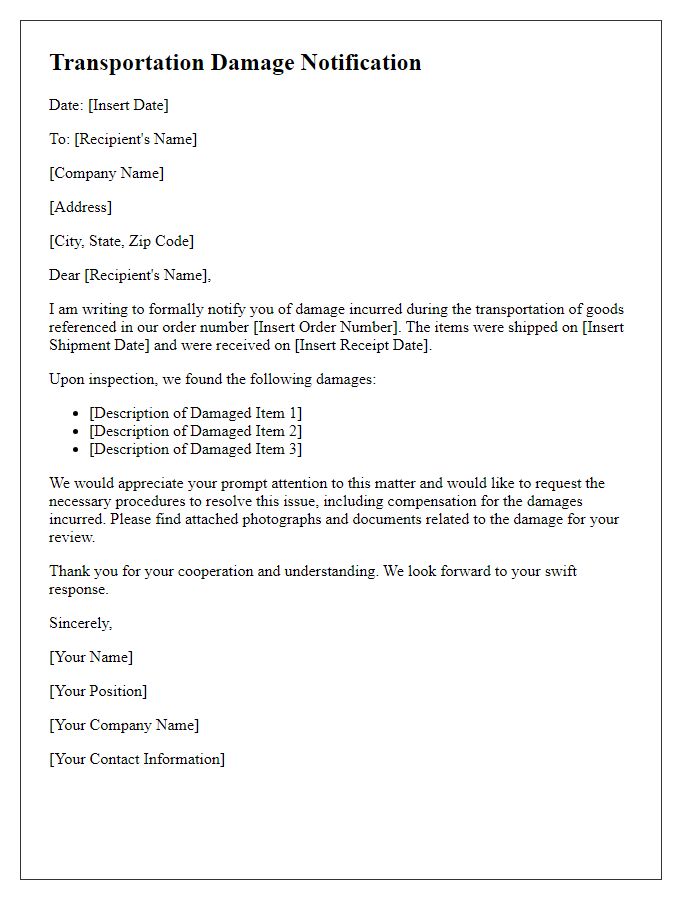
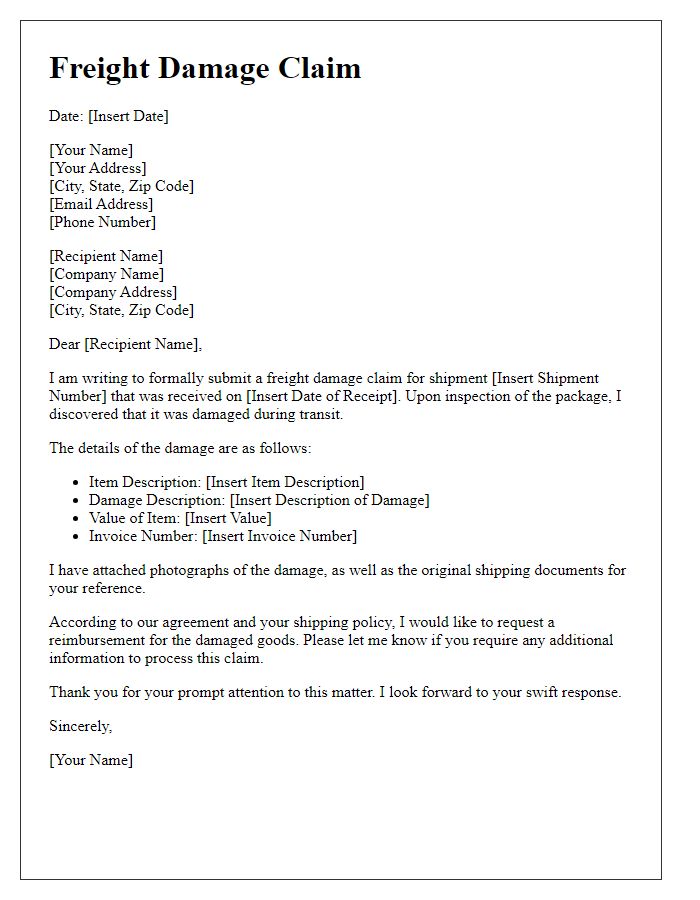
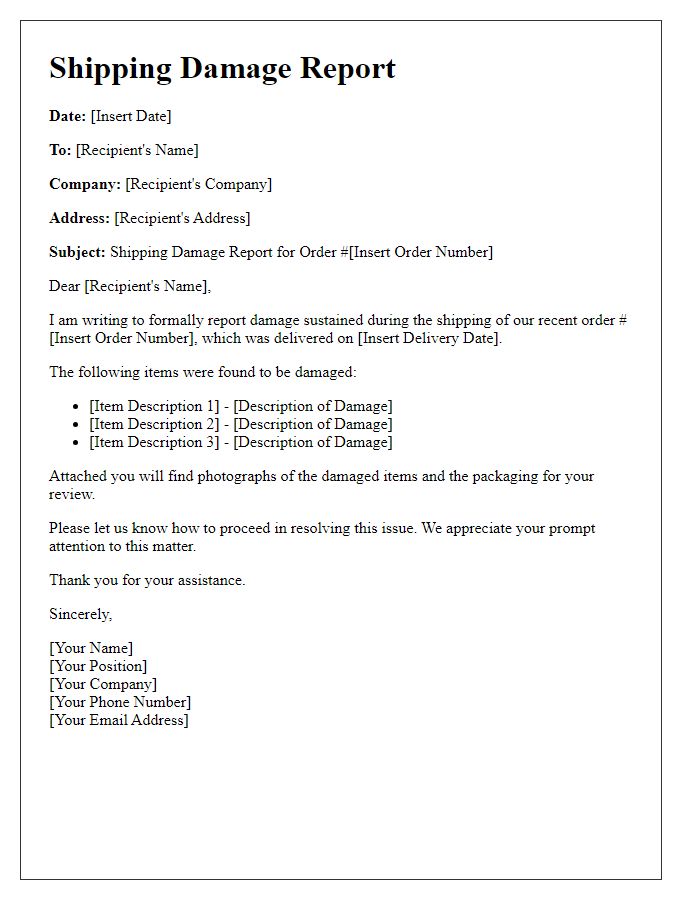
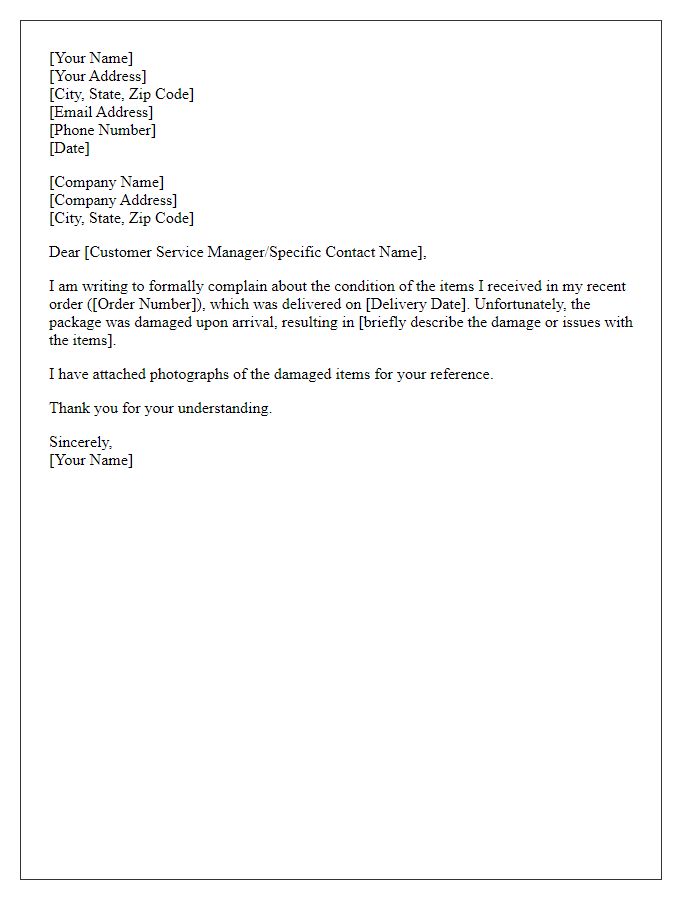
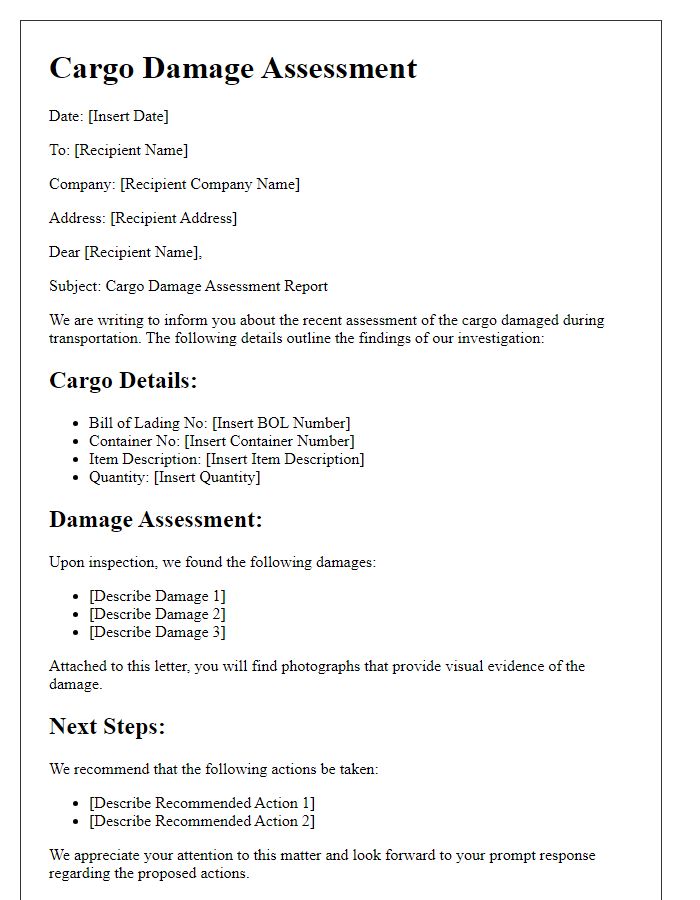
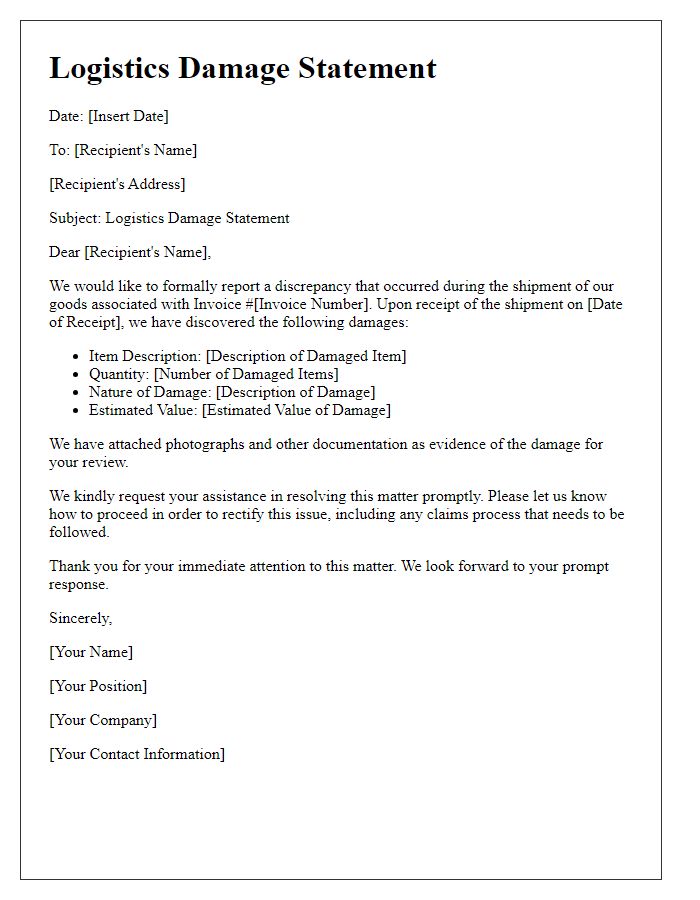
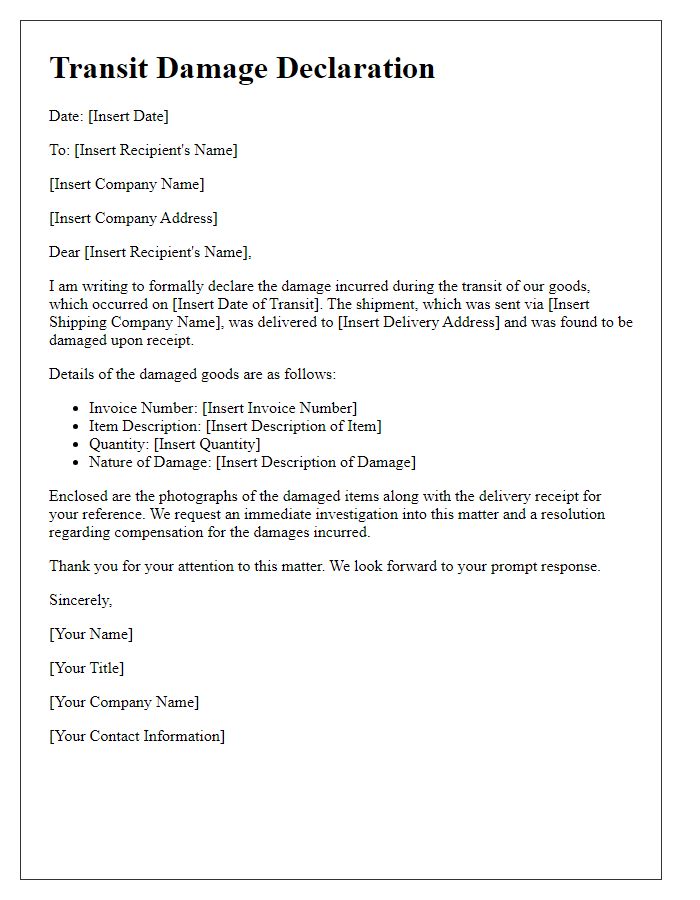
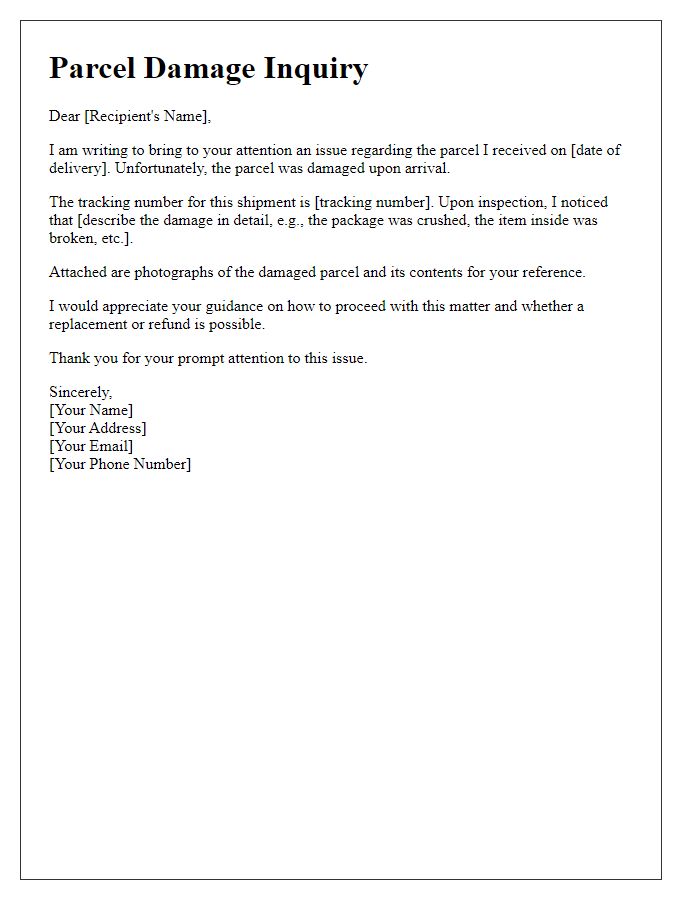
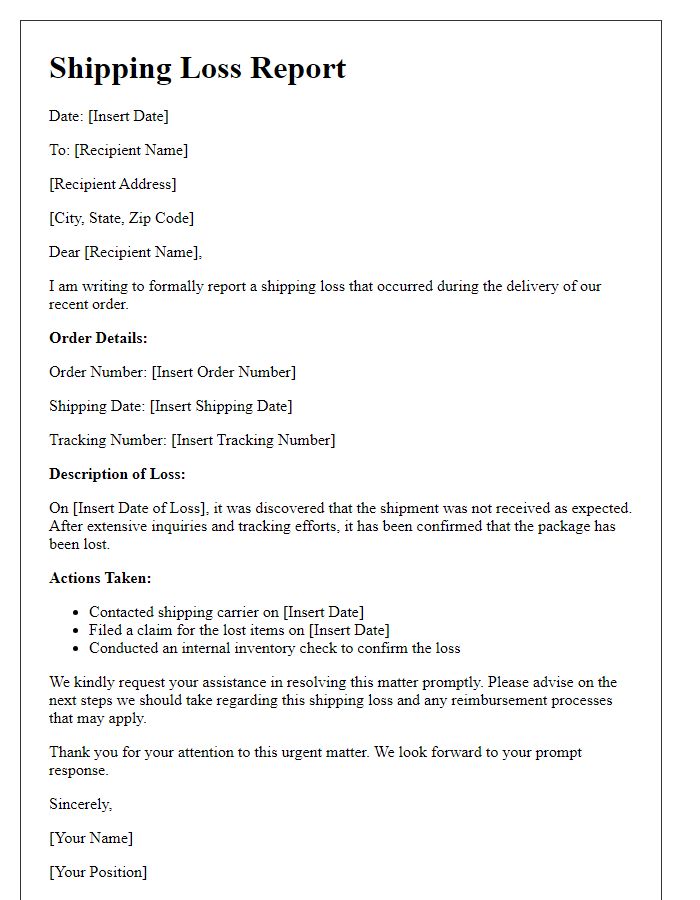
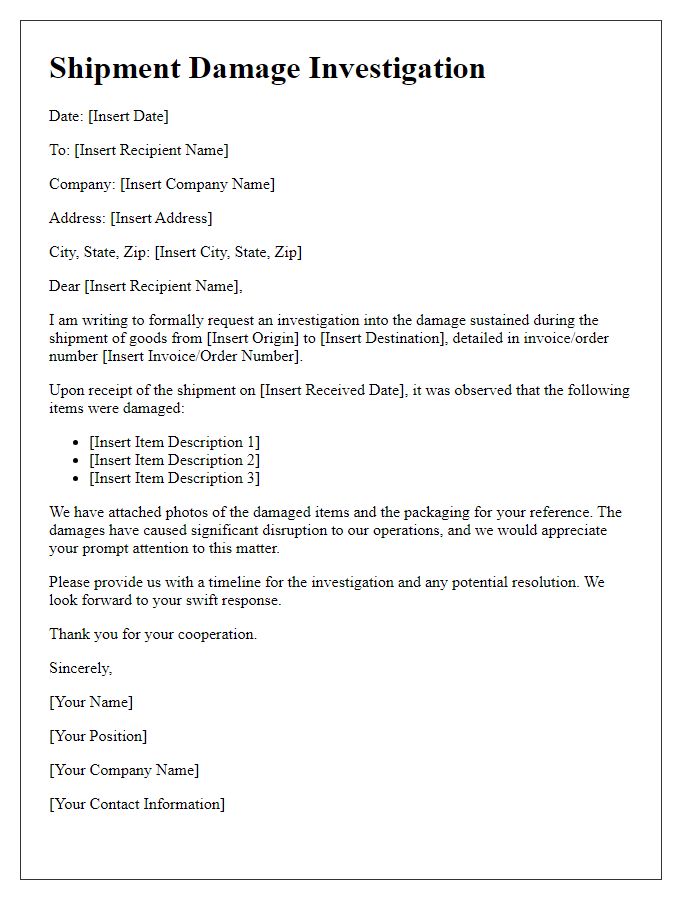


Comments